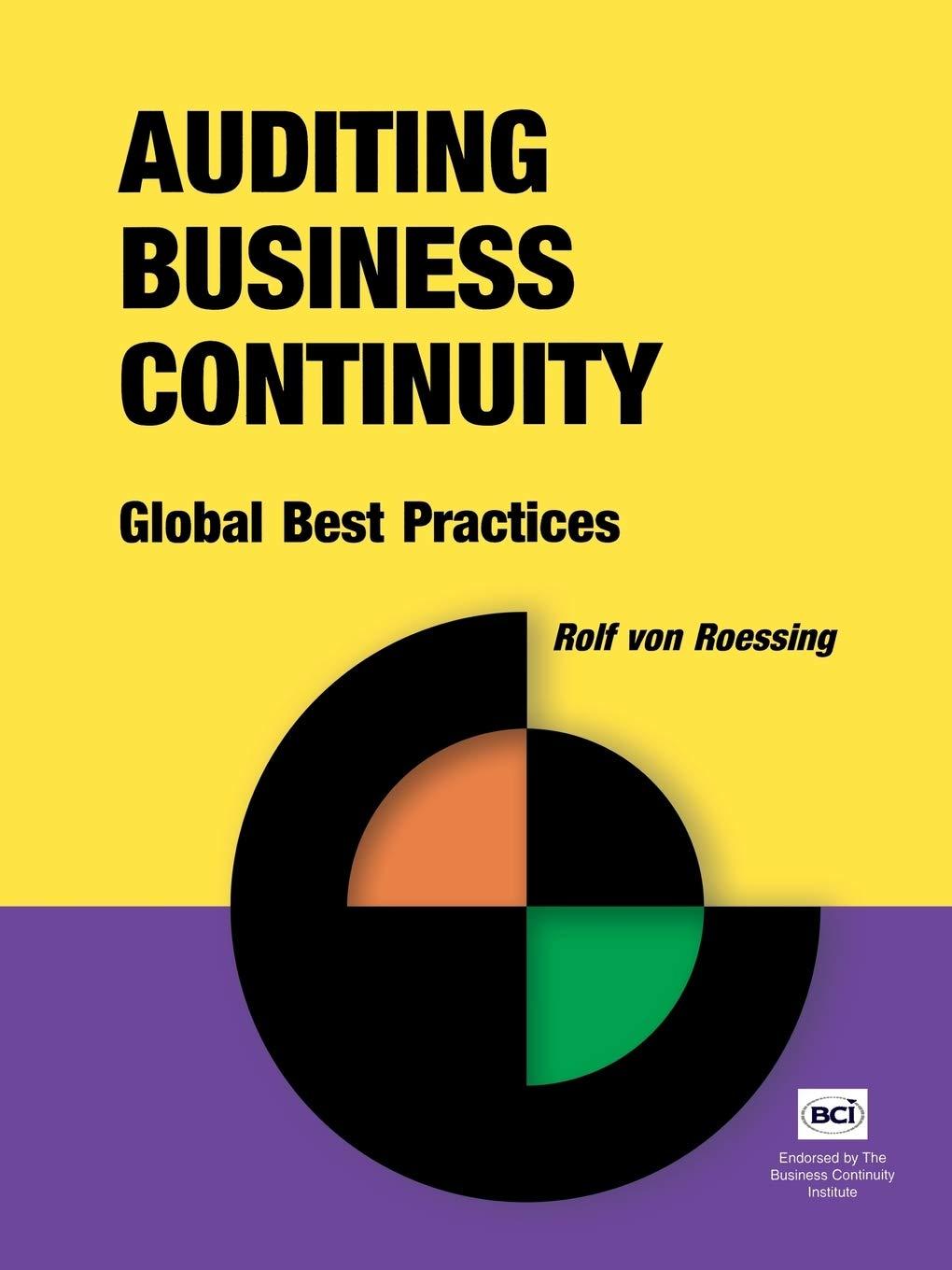reference

Exercise 4 (Bull and bear spreads with negative value). (See Example 8.8 in Lecture note 1.) Con- sider an asset with price (S) 120. We are going to construct bull and bear spreads on this asset with strictly negative initial value. Fix K1 0. (i) Consider a bull spread consisting of a long put with strike Ky and a short put with strike Kz. Compute its payoff and draw its graph. Show that it is non-positive for all values of St. (ii) Use a no-arbitrage argument to show that the bull spread in (i) has strictly negative initial value. Hence one receives an up-front payment, say CK, Kz, when entering into this spread. Let K1 = 10, K2 = 30, and CKK = 15. Compute the profit of this spread at maturity and draw its graph. (iii) Consider a bull spread consisting of a long call with strike Ky and a short call with strike K. Compute its payoff and draw its graph. Show that it is non-positive for all values of Sr. (iv) Do (in for the bull spread in (iii). Profit of Ky, K, bull spread Profit of Ky, Kz bear spread Short call, strike profit profit Short put, strike 0 0 long coll, strike long put, strike K K2 Stock price Sy K K2 Stock price Sy Example 8.9 (Profit of bull and bear spreads). Recall that we have discussed a bull spread using call options and a bear spread using put options and their values at maturity. Since we might be using non- equilibrium strike prices for the options, there might be costs in going long or short for different options. For instance, consider a bull spread consisting of a long call with strike 10 and short call with strike 30. The value at time t of this bull spread is Colt, T) - C30(t,T), which is nonnegative by Proposition 8.6. If this equals zero, then this bull spread gives an arbitrage opportunity, so it has to be strictly positive. This means that there is a cost, say C10,30 >0, in involving into this spread. Then the profit at maturity of this bull spread is given by G10(T, T) - C30(T, T) - 610,30 = (S7-10) - (S7-30) - C10,30, (111) which is a random variable that takes both positive and negative values with positive probability. The profit of this bull spread as well as that of its constituent call options are shown in Figure 7 (left). Similarly, Profit of K, K, bull spread Profit of K, Kz bear spread profit profit Short call, strike K Short put, strike 0 long call, strike long put, strike K K K2 Stock pric Open Ki K2 Stock price Sr 23 or 59 FICURE 7 Profit of hull fucina call and hear feina nut) enreade with strike K. and K. Exercise 4 (Bull and bear spreads with negative value). (See Example 8.8 in Lecture note 1.) Con- sider an asset with price (S) 120. We are going to construct bull and bear spreads on this asset with strictly negative initial value. Fix K1 0. (i) Consider a bull spread consisting of a long put with strike Ky and a short put with strike Kz. Compute its payoff and draw its graph. Show that it is non-positive for all values of St. (ii) Use a no-arbitrage argument to show that the bull spread in (i) has strictly negative initial value. Hence one receives an up-front payment, say CK, Kz, when entering into this spread. Let K1 = 10, K2 = 30, and CKK = 15. Compute the profit of this spread at maturity and draw its graph. (iii) Consider a bull spread consisting of a long call with strike Ky and a short call with strike K. Compute its payoff and draw its graph. Show that it is non-positive for all values of Sr. (iv) Do (in for the bull spread in (iii). Profit of Ky, K, bull spread Profit of Ky, Kz bear spread Short call, strike profit profit Short put, strike 0 0 long coll, strike long put, strike K K2 Stock price Sy K K2 Stock price Sy Example 8.9 (Profit of bull and bear spreads). Recall that we have discussed a bull spread using call options and a bear spread using put options and their values at maturity. Since we might be using non- equilibrium strike prices for the options, there might be costs in going long or short for different options. For instance, consider a bull spread consisting of a long call with strike 10 and short call with strike 30. The value at time t of this bull spread is Colt, T) - C30(t,T), which is nonnegative by Proposition 8.6. If this equals zero, then this bull spread gives an arbitrage opportunity, so it has to be strictly positive. This means that there is a cost, say C10,30 >0, in involving into this spread. Then the profit at maturity of this bull spread is given by G10(T, T) - C30(T, T) - 610,30 = (S7-10) - (S7-30) - C10,30, (111) which is a random variable that takes both positive and negative values with positive probability. The profit of this bull spread as well as that of its constituent call options are shown in Figure 7 (left). Similarly, Profit of K, K, bull spread Profit of K, Kz bear spread profit profit Short call, strike K Short put, strike 0 long call, strike long put, strike K K K2 Stock pric Open Ki K2 Stock price Sr 23 or 59 FICURE 7 Profit of hull fucina call and hear feina nut) enreade with strike K. and K









